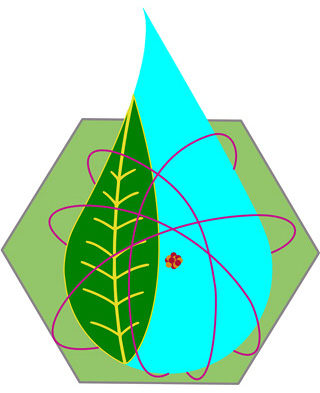
The logo designed for this year's class design project: a power plant that combines emission-free electricity with carbon sequestration and fossil fuel displacement. (Courtesy of Alex Salazar. Used with permission.)
Instructor(s)
Prof. Michael Short
MIT Course Number
22.033 / 22.33
As Taught In
Fall 2011
Level
Undergraduate / Graduate
Course Description
Course Features
- Selected video lectures
- Special feature - video
- Selected lecture notes
- Projects and examples
- Assignments: written with examples
Educator Features
Course Highlights
This course includes a session in which various cheeses demonstrate the properties of metals under the high temperature and stress of a reactor.
Course Description
This capstone course is a group design project involving integration of nuclear physics, particle transport, control, heat transfer, safety, instrumentation, materials, environmental impact, and economic optimization. It provides opportunities to synthesize knowledge acquired in nuclear and non-nuclear subjects and apply this knowledge to practical problems of current interest in nuclear applications design. Each year, the class takes on a different design project; this year, the project is a power plant design that ties together the creation of emission-free electricity with carbon sequestration and fossil fuel displacement. Students taking graduate version complete additional assignments.
This course is an elective subject in MIT’s undergraduate Energy Studies Minor. This Institute-wide program complements the deep expertise obtained in any major with a broad understanding of the interlinked realms of science, technology, and social sciences as they relate to energy and associated environmental challenges.


